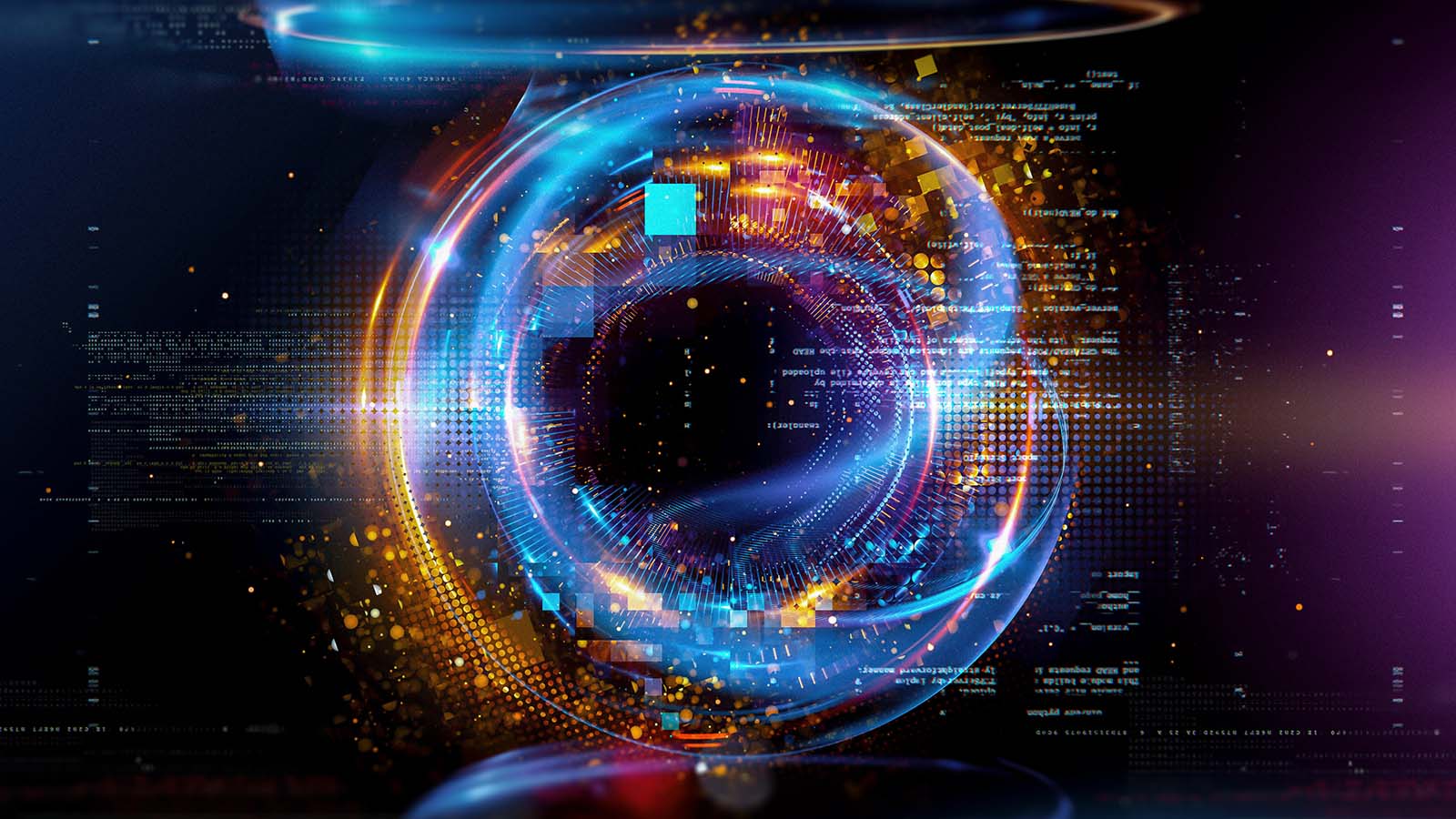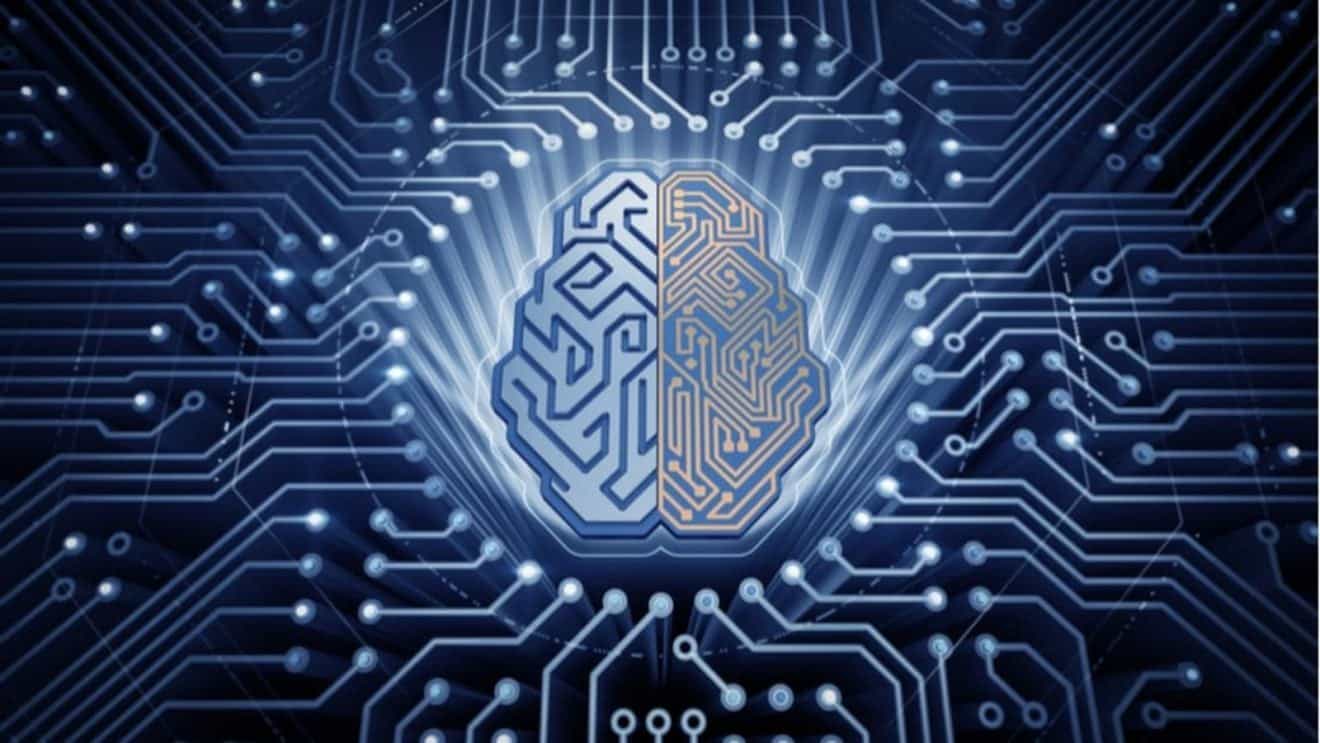Multiplicity in Quantum Computing

Multiplicity in quantum computing refers to the inherent property of quantum systems to exist in multiple states simultaneously, known as superposition. This unique characteristic enables quantum computers to perform certain computations exponentially faster than classical computers.

Unleashing the Power of Quantum Computing

By leveraging multiplicity, quantum computing offers unprecedented computational power through:
- Exponential Speedup in Certain Algorithms: Multiplicity allows quantum computers to process vast amounts of data in parallel, resulting in significant speedups for algorithms such as Shor’s algorithm for factoring large numbers and Grover’s algorithm for searching unsorted databases.
- Simulation of Complex Systems: Quantum systems can simulate complex phenomena that are intractable for classical computers, such as the behavior of molecules and materials. This opens up new possibilities for scientific research, drug discovery, and materials design.
- Optimization and Machine Learning: Quantum computing algorithms can be used to optimize complex systems and solve machine learning problems more efficiently. This has applications in scheduling, logistics, and artificial intelligence.
Challenges and Future Prospects
While multiplicity is essential for the power of quantum computing, it also poses challenges:
- Decoherence: Quantum states are fragile and susceptible to environmental noise, leading to decoherence and loss of superposition.
- Error Correction: Maintaining coherence and correcting errors is a significant technical hurdle that must be overcome.
- Scalability: Building quantum computers with a large number of qubits is currently a major limitation.
Despite these challenges, research and development in quantum computing are rapidly advancing. With the potential to revolutionize computation, quantum computing holds immense promise for future applications in a wide range of fields.
Conclusion
Multiplicity is a fundamental property that empowers quantum computing to harness the interconnected computational power of quantum systems. By leveraging superposition, quantum computers can unlock exponentially faster algorithms, enable simulations of complex systems, and enhance optimization and machine learning. As the field continues to progress, the potential of quantum computing to transform our technological landscape is boundless.## Multiplicity And Quantum Computing: Unleashing Interconnected Computational Power
Executive Summary
This article delves into the captivating convergence of quantum mechanics and quantum computing, unveiling their potential to revolutionize diverse industries. By harnessing the power of multiplicity inherent in quantum systems, quantum computers transcend the limitations of classical computing, opening up a realm of possibilities for groundbreaking scientific discoveries, technological advancements, and transformative societal implications.
Introduction
In the realm of computing, a profound transformation is underway, as the boundaries between the classical and quantum realms blur. Quantum computing, fueled by the enigmatic principles of quantum mechanics, holds the promise of unlocking unprecedented computational power that far surpasses the capabilities of conventional computers. This article embarks on a journey to unravel the intricacies of multiplicity in quantum computing, shedding light on its transformative potential to revolutionize our world.
FAQs
1. What is multiplicity in quantum computing?
Multiplicity refers to the ability of quantum systems to exist in multiple states simultaneously, a phenomenon known as superposition. This inherent characteristic enables quantum computers to process vast amounts of information exponentially faster than classical computers.
2. How does quantum computing differ from classical computing?
While classical computers rely on bits that can only represent 0 or 1, quantum computers utilize qubits that can exist in a superposition of both states simultaneously. This allows quantum computers to perform computations that are intractable for classical systems.
3. What are the potential applications of quantum computing?
Quantum computing has the potential to revolutionize industries such as finance, medicine, materials science, and cryptography. By enabling the development of powerful algorithms and simulations, it can accelerate drug discovery, optimize financial models, enhance materials design, and create unbreakable encryption systems.
Subtopics
1. Superposition and Entanglement
Superposition allows quantum systems to occupy multiple states simultaneously, while entanglement links multiple qubits in a way that their states become correlated. These phenomena form the foundation of quantum computing’s unparalleled processing capabilities.
- Superposition: Qubits can exist in a superposition of 0 and 1 simultaneously.
- Entanglement: Entangled qubits share a common fate, their states becoming inextricably linked.
- Quantum Interference: The combined effects of superposition and entanglement create quantum interference, leading to constructive and destructive cancellations.
2. Quantum Gates and Quantum Algorithms
Quantum gates are fundamental operations that manipulate qubits, while quantum algorithms are sequences of gates designed to solve specific problems. These tools enable quantum computers to harness the power of multiplicity for practical computations.
- Quantum Gates: Examples include the Hadamard gate, CNOT gate, and Toffoli gate.
- Quantum Algorithms: Shor’s algorithm for factoring large numbers and Grover’s algorithm for searching databases are notable quantum algorithms.
3. Quantum Error Correction
Quantum systems are inherently fragile, susceptible to noise and errors that can corrupt computations. Quantum error correction techniques ensure the reliability and accuracy of quantum computations by detecting and correcting errors.
- Surface Codes: Robust error correction codes used for large-scale quantum computers.
- Topological Quantum Codes: Advanced error correction methods inspired by topological insulators.
- Active Error Correction: Real-time error correction techniques that dynamically adjust to changing conditions.
4. Quantum Computing Architectures
Various hardware architectures are being developed to build practical quantum computers, each with its unique strengths and challenges. These architectures pave the way for scalable and efficient quantum computing systems.
- Superconducting Qubits: Qubits based on superconducting circuits operated at ultra-low temperatures.
- Trapped Ions: Qubits formed by ions held in electromagnetic traps.
- Photonic Qubits: Qubits encoded in photons, enabling long-distance quantum communication.
5. Quantum Programming
Specialized programming languages and tools are essential for developing and executing quantum algorithms. These tools facilitate the translation of abstract quantum concepts into practical implementations.
- Qiskit: An open-source quantum computing framework for Python.
- Cirq: A Google-developed quantum computing library for Python.
- Forest: A quantum programming language developed by Microsoft.
Conclusion
The convergence of multiplicity and quantum computing has unleashed a new era of computational possibilities. Quantum computers, endowed with the power of superposition and entanglement, transcend the limitations of classical computing, unlocking unprecedented computational power. This transformative technology holds the promise of revolutionizing diverse fields, from scientific research to industry and society. As quantum computing continues to mature, it is poised to reshape our world, creating groundbreaking advancements and empowering us to tackle the most complex challenges of our time.
Keyword Tags
- Quantum Computing
- Multiplicity
- Superposition
- Entanglement
- Quantum Algorithms


